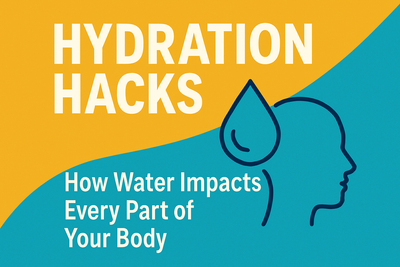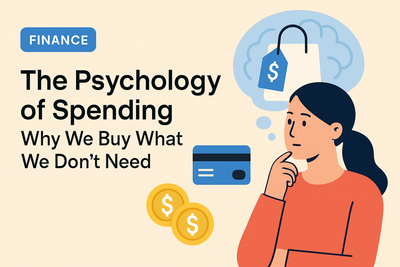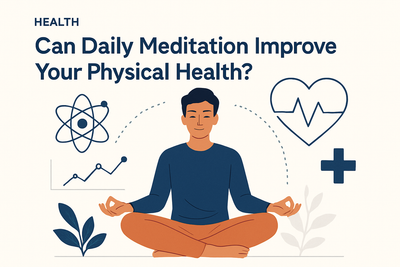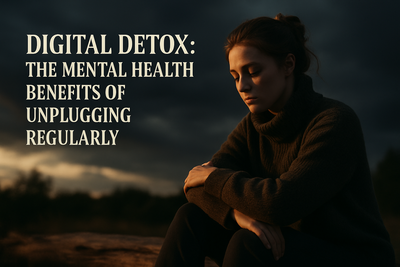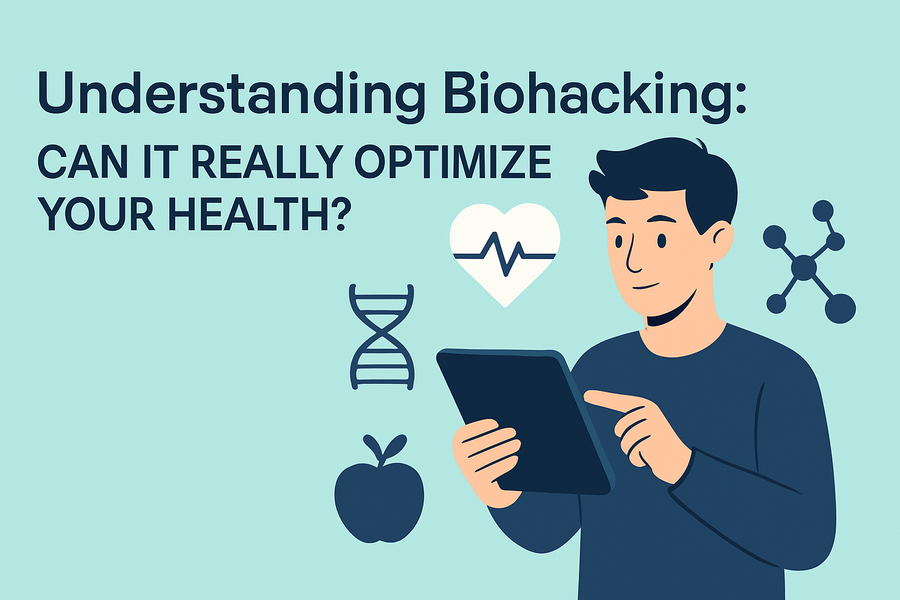
Introduction
In recent years, the term biohacking has moved from the fringes of Silicon Valley to mainstream conversations about health and wellness. Promising better energy, sharper focus, and even a longer lifespan, biohacking sounds like the ultimate shortcut to life optimization. But what exactly is it? And does it actually work?
In this article, we'll explore the world of biohacking—from its origins to the various types people are trying today—to help you determine whether it's a useful tool or just another passing trend.
What Is Biohacking?
At its core, biohacking refers to the practice of making small, incremental changes to your body or environment with the goal of improving your physical and mental performance. It's a broad term that can encompass everything from intermittent fasting and sleep tracking to more extreme interventions like genetic editing or nootropic stacks.
Some common forms of biohacking include:
- Nutritional biohacking – optimizing diet with supplements, superfoods, and specific eating protocols
- Technological biohacking – using wearables and apps to monitor biometrics like heart rate variability, sleep cycles, and activity levels
- Biological enhancements – employing practices such as cold exposure, red light therapy, or even personalized hormone replacement therapy
Popular Biohacking Practices
1. Intermittent Fasting
One of the simplest and most popular biohacks, intermittent fasting (IF) involves cycling between periods of eating and fasting. Research suggests that IF may improve metabolic health, enhance cognitive function, and promote longevity.
2. Sleep Optimization
Quality sleep is essential for overall health. Biohackers often use sleep tracking devices, blackout curtains, and magnesium supplements to improve sleep quality and duration.
3. Nootropics
Sometimes called “smart drugs,” nootropics are substances that claim to enhance cognitive function. These can range from natural compounds like L-theanine to synthetic options like modafinil. While some users report improved focus and memory, scientific evidence is mixed.
4. Cold Exposure
Practices like cold showers and ice baths have gained popularity for their potential to boost circulation, reduce inflammation, and elevate mood thanks to increased endorphins.
5. Personalized Nutrition
Using DNA testing and blood analysis, some biohackers tailor their diets and supplement regimes for maximum effectiveness. While this level of customization shows promise, it's not always accessible or backed by long-term studies.
Does Biohacking Really Work?
The effectiveness of biohacking largely depends on the individual and the specific practices they adopt. While some methods—such as getting more sleep, exercising regularly, and eating nutrient-rich foods—are supported by strong scientific evidence, others lack rigorous study.
Moreover, not all biohacks are created equal. Some might offer marginal improvements at best, while others could pose health risks if not approached responsibly. It's crucial to consult healthcare professionals before making significant changes based on biohacking advice.
The Future of Biohacking
As technology advances, biohacking is likely to evolve too. Innovations like continuous glucose monitors, microbiome testing, and AI-driven health assistants are becoming more accessible, allowing individuals to gain deeper insights into their bodies in real time.
Still, the ultimate goal of biohacking goes beyond gadgets and supplements—it's about becoming more attuned to your unique physiology and finding sustainable ways to perform at your best.
Conclusion
Biohacking offers an intriguing blend of science, self-experimentation, and lifestyle optimization. While not every hack lives up to the hype, many biohacking strategies align with established health principles: eat well, move often, sleep soundly, and listen to your body.
If approached thoughtfully and with guidance, biohacking can be a valuable tool for enhancing your health and well-being. As with any wellness trend, the key lies in separating the proven from the speculative—and choosing what genuinely works for you.
Curious about where to start? Begin with simple, low-risk habits and track your progress. You might just discover a smarter, healthier version of yourself hidden in the data.


